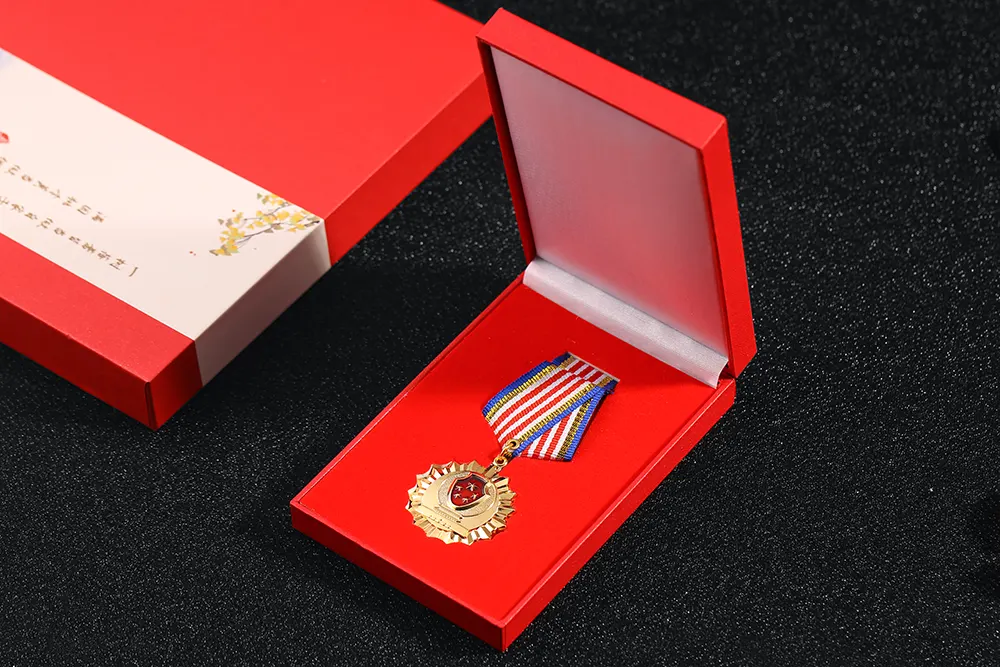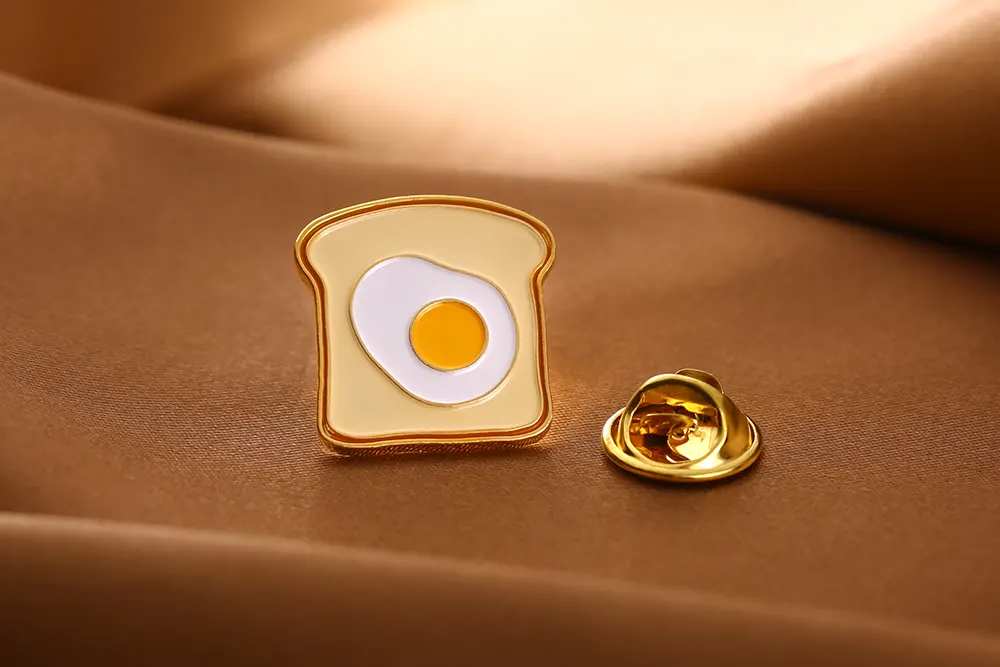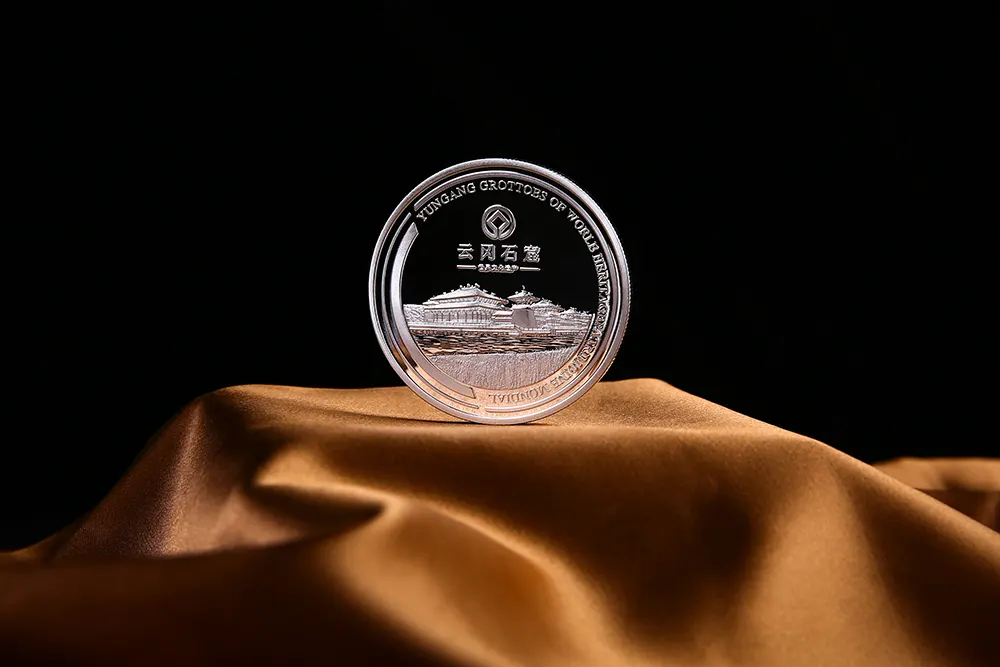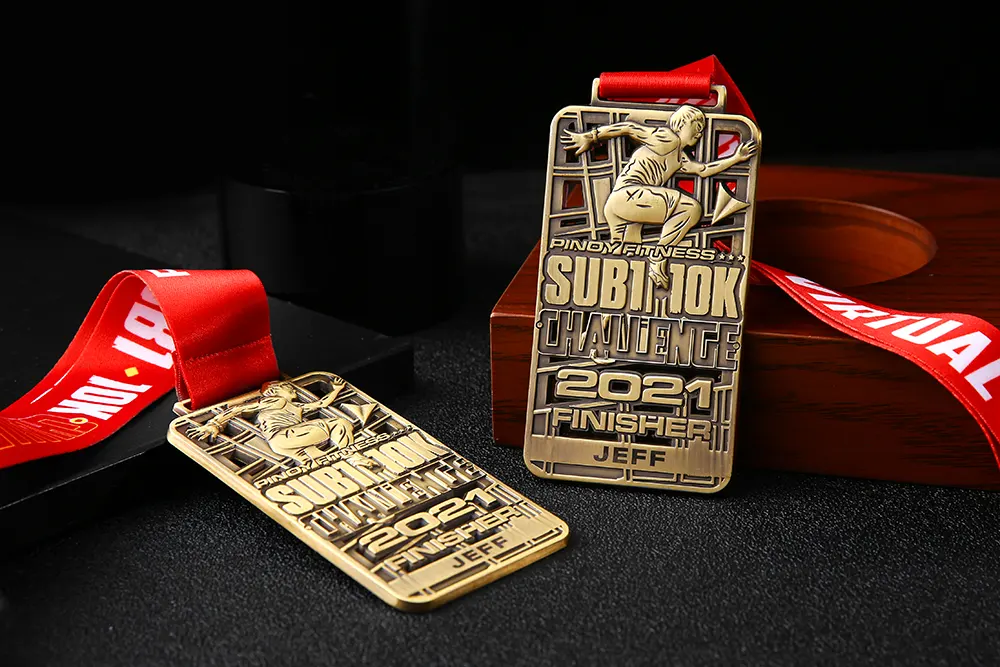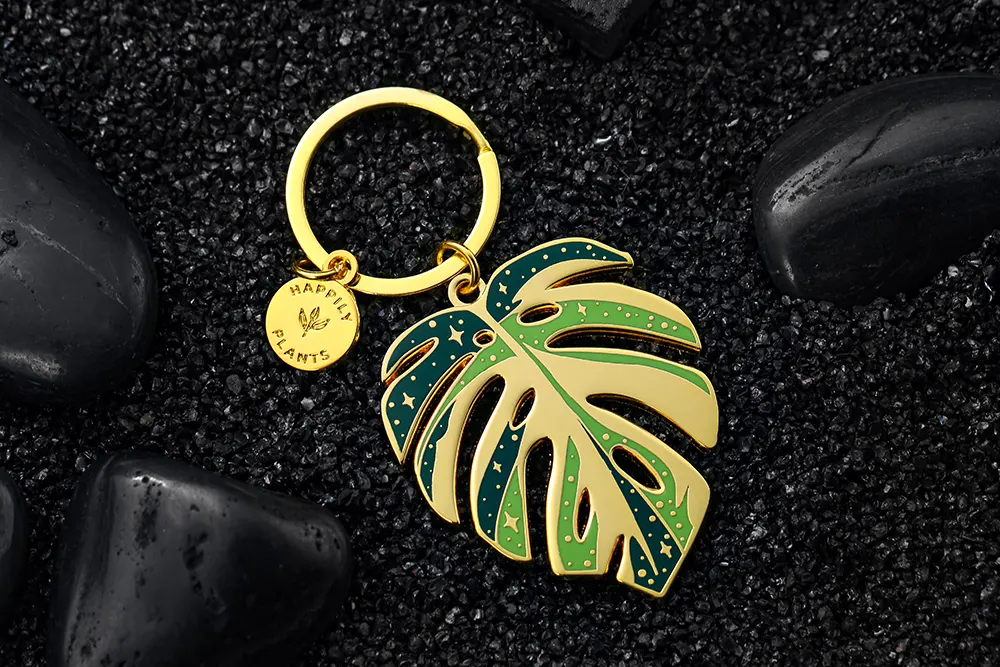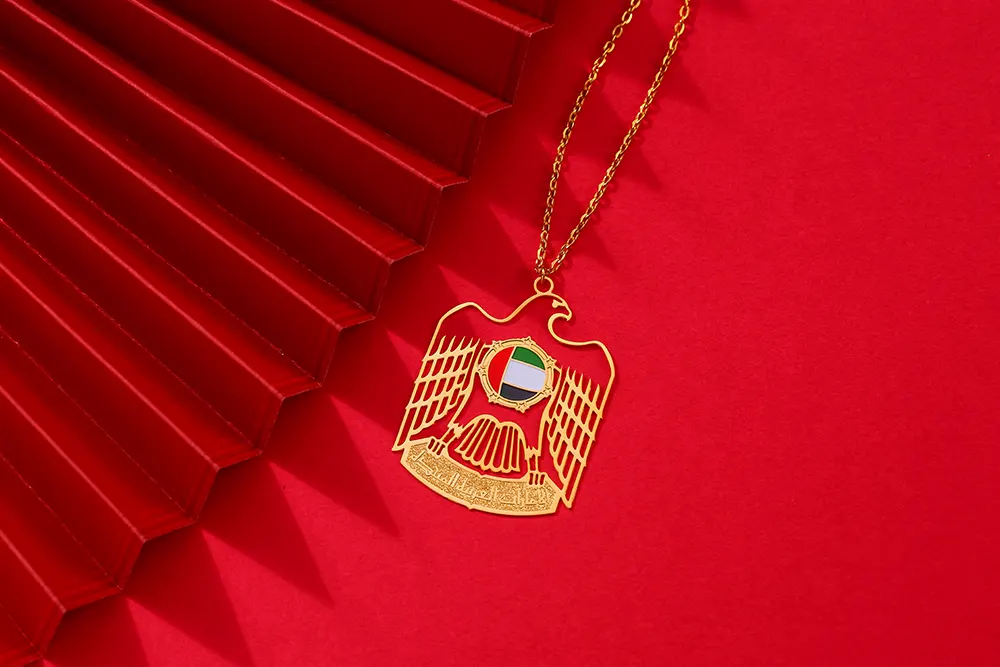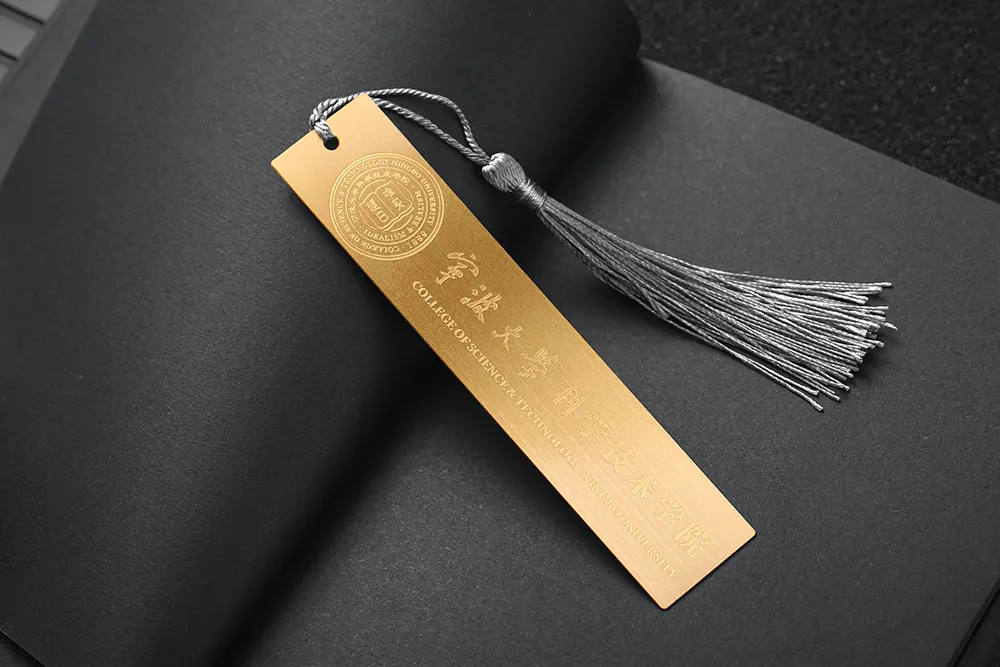The Medal of Honor stands as the United States military’s highest decoration for valor, representing courage beyond the call of duty. But beyond its significance as an award, the physical design of this medal carries deep symbolic meaning that has evolved over more than 160 years of American military history.
Understanding the Core Design Elements
The Medal of Honor design varies slightly between military branches, yet each version shares fundamental elements that communicate its profound meaning. The distinctive five-pointed star, inverted to point downward, forms the foundation of the medal’s appearance. This star contains a wreath of laurel and oak leaves, symbolizing victory and strength respectively. At the center, a representation of Minerva serves as the focal point of the design’s symbolism.
The Significance of Minerva on the Medal of Honor
The Minerva medal of honor symbol holds particular historical importance. Minerva, the Roman goddess of wisdom and strategic warfare, appears in the center of the Army and Air Force versions of the medal. She is depicted holding a shield bearing the stars and stripes, while repelling Discord with her other hand. This imagery was chosen deliberately during the Civil War era to represent the Union protecting itself against rebellion.
The inclusion of Minerva rather than Mars, the god of war, reflects a thoughtful choice by the medal’s designers. Minerva represents righteous defense and strategic thinking rather than mere aggression. Her presence suggests that the Medal of Honor recognizes not just physical bravery, but wisdom and moral courage in the face of extraordinary danger.
Evolution of the Medal of Honor Design
When I first examined original Civil War-era Medals of Honor at a military museum several years ago, I was struck by how the fundamental design has remained remarkably consistent despite minor refinements over time. The medal was first created in 1861 for the Navy and 1862 for the Army, and while manufacturing techniques have improved, the core symbolism has been carefully preserved.
The Navy and Marine Corps version features a different central design, showing a scene of Minerva standing with an anchor and other naval symbols. The Coast Guard uses this same version. Each service’s medal maintains its own character while sharing the common thread of honoring extraordinary sacrifice.
Symbolic Details in the Medal’s Construction
Every aspect of the Medal of Honor carries intentional meaning. The thirteen stars surrounding the central design represent the original colonies. The eagle that appears on the suspension bar symbolizes the nation itself, while the word “VALOR” is inscribed prominently, leaving no doubt about what quality the medal recognizes.
The distinctive light blue ribbon, shared across all service branches, connects back to the medal’s origins during the Civil War. This color was chosen to represent the Union forces and has remained unchanged as a link to the award’s historical roots.
Materials and Craftsmanship
The modern Medal of Honor is struck from gilding metal and bronze. Each medal is individually crafted, not mass-produced, reflecting the rarity and significance of the award. While there are many types of medals made for different purposes and materials, only a single manufacturer has been authorized to produce the Medal of Honor since the 1960s, ensuring consistency and security in its creation.
The weight and feel of the medal contribute to its gravitas. Recipients often describe the physical presence of the medal as substantial, which seems fitting for an award that represents the highest level of sacrifice and bravery.
The Distinction of Design
The Medal of Honor symbol is instantly recognizable among military decorations. Its unique inverted star design sets it apart from other medals and prevents confusion. This distinctiveness is intentional—the Medal of Honor must be immediately identifiable as the nation’s highest military honor.
Unlike many military medals that follow similar patterns of ribbons and hanging medallions, the Medal of Honor’s design breaks convention. The star hangs from an anchor for naval versions or from an eagle and bar for other services, creating a vertical presentation that draws the eye and commands attention.
Modern Reverence for Historical Design
Despite suggestions over the years to update or modernize the Medal of Honor design, there has been consistent resistance to major changes. This reflects a broader understanding that the medal’s design is not just decoration—it is a visual link to every recipient who has worn it since the 1860s. The symbolism embedded in Minerva, the stars, the laurel, and the oak leaves connects today’s recipients to an unbroken chain of American heroes.
The decision to preserve the historical design also honors the memory of those who received the medal in previous conflicts. Changing the fundamental appearance would risk severing that connection across generations of service members.
Recognition and Protocol
The Medal of Honor design also includes practical considerations for how it should be worn and displayed. Recipients wear the medal around the neck rather than pinned to the chest, setting it apart from other decorations. This wearing method, combined with the medal’s distinctive appearance, ensures that Medal of Honor recipients are immediately recognizable in any military or formal setting.
Military protocol requires all service members, regardless of rank, to salute Medal of Honor recipients first. This unprecedented reversal of normal customs reflects the extraordinary nature of the award and its design serves as the visual trigger for this special recognition.
Conclusion
The Medal of Honor design represents far more than aesthetic choices made by craftsmen in the 19th century. Every element, from the Minerva symbol to the five-pointed star, from the blue ribbon to the laurel wreath, tells a story about American values, military tradition, and the nature of heroism itself. Understanding these design elements deepens our appreciation for both the medal and those who have earned the right to wear it. The design has endured because it successfully captures in metal and symbolism what words often struggle to express—the highest form of courage in service to the nation.
















